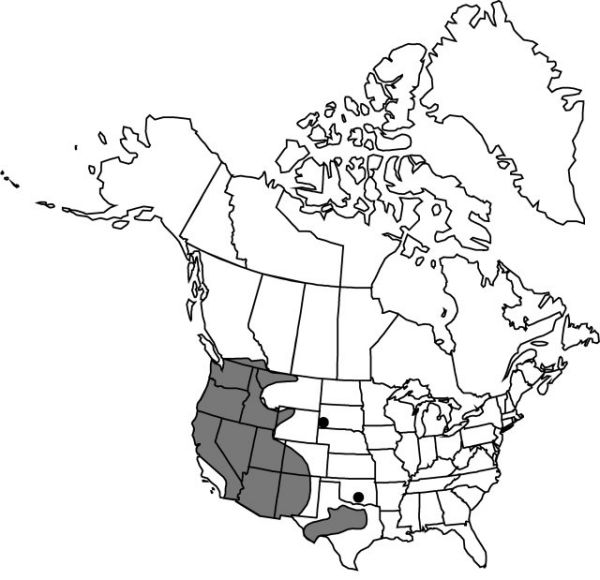Difference between revisions of "Epipactis gigantea"
Fl. Bor.-Amer. 2: 202, plate 202. 1839.
FNA>Volume Importer |
imported>Volume Importer |
||
| (3 intermediate revisions by 2 users not shown) | |||
| Line 12: | Line 12: | ||
|name=Amesia gigantea | |name=Amesia gigantea | ||
|authority=(Douglas ex Hooker) A. Nelson & J. F. Macbride | |authority=(Douglas ex Hooker) A. Nelson & J. F. Macbride | ||
| + | |rank=species | ||
}} {{Treatment/ID/Synonym | }} {{Treatment/ID/Synonym | ||
|name=Helleborine gigantea | |name=Helleborine gigantea | ||
|authority=(Douglas ex Hooker) Druce | |authority=(Douglas ex Hooker) Druce | ||
| + | |rank=species | ||
}} | }} | ||
|hierarchy=Orchidaceae;Orchidaceae subfam. Epidendroideae;Orchidaceae tribe Neottieae;Orchidaceae (tribe Neottieae) subtribe Limodorinae;Epipactis;Epipactis gigantea | |hierarchy=Orchidaceae;Orchidaceae subfam. Epidendroideae;Orchidaceae tribe Neottieae;Orchidaceae (tribe Neottieae) subtribe Limodorinae;Epipactis;Epipactis gigantea | ||
| Line 40: | Line 42: | ||
-->{{#Taxon: | -->{{#Taxon: | ||
name=Epipactis gigantea | name=Epipactis gigantea | ||
| − | |||
|authority=Douglas ex Hooker | |authority=Douglas ex Hooker | ||
|rank=species | |rank=species | ||
| Line 55: | Line 56: | ||
|publication year=1839 | |publication year=1839 | ||
|special status= | |special status= | ||
| − | |source xml=https:// | + | |source xml=https://bitbucket.org/aafc-mbb/fna-data-curation/src/2e0870ddd59836b60bcf96646a41e87ea5a5943a/coarse_grained_fna_xml/V26/V26_1195.xml |
|subfamily=Orchidaceae subfam. Epidendroideae | |subfamily=Orchidaceae subfam. Epidendroideae | ||
|tribe=Orchidaceae tribe Neottieae | |tribe=Orchidaceae tribe Neottieae | ||
Latest revision as of 21:12, 5 November 2020
Plants to 1.4 m, essentially glabrous. Leaves 4–14, ovate, ovate-elliptic to narrowly lanceolate, 5–20 × 2–7 cm. Inflorescences lax racemes; floral bracts lanceolate to oblong, 7–127 mm. Flowers 2–32, rather showy; sepals greenish to rose-colored with rose-colored to purple veins; lateral sepals 16–24 × 8–9 mm, apex very oblique; petals pale pink to rose-colored to orange with red or purple veins, broadly ovate to ovate-lanceolate, 13–17 × 6–8 mm; lip marked with red or purple, strongly veined, distinctly 3-lobed, constricted at middle into 2 parts, proximal part papillose, calli red, minute, warty, lateral lobes prominent subtriangular wings, distal part linear-oblanceolate to narrowly spatulate-oblanceolate, grooved to tip, 14–20 mm, calli near base, erect, orange or yellow, winglike; column erect, short, stout, with pair of lateral processes, 5–10 × 3 mm; anther green; pollinia 2 pairs, yellow, soft. Capsules ellipsoid, glabrate or sparsely pubescent, 20–25 mm. 2n = 40.
Phenology: Flowering throughout summer (Mar–Aug).
Habitat: Wet gravelly and sandy stream shores and bars, may occur in riparian willow, box elder, and river birch woodlands or in chaparral, seepages, marshes, wet cliffs, hot springs
Elevation: 0–3000 m
Distribution

B.C., Ariz., Calif., Colo., Idaho, Mont., Nev., N.Mex., Okla., Oreg., S.Dak., Tex., Utah, Wash., Wyo., Mexico, Asia (China, India, s Japan, Tibet).
Discussion
Two very distinct color forms of this species have been published: Epipactis gigantea forma rubrifolia P. M. Brown, with deep red stems and leaves, and E. gigantea forma citrina P. M. Brown, with lemon-yellow flowers. Both are known from California.
The occurrence of this wide-ranging species in India and Tibet is based on Epipactis royaleana Lindley ex Royle being given as a synonym in a study of the Monocotyledoneae of Karakorum (W. B. Dickoré 1995) and an embryologic study (S. P. Vij et al. 1999).
Selected References
None.